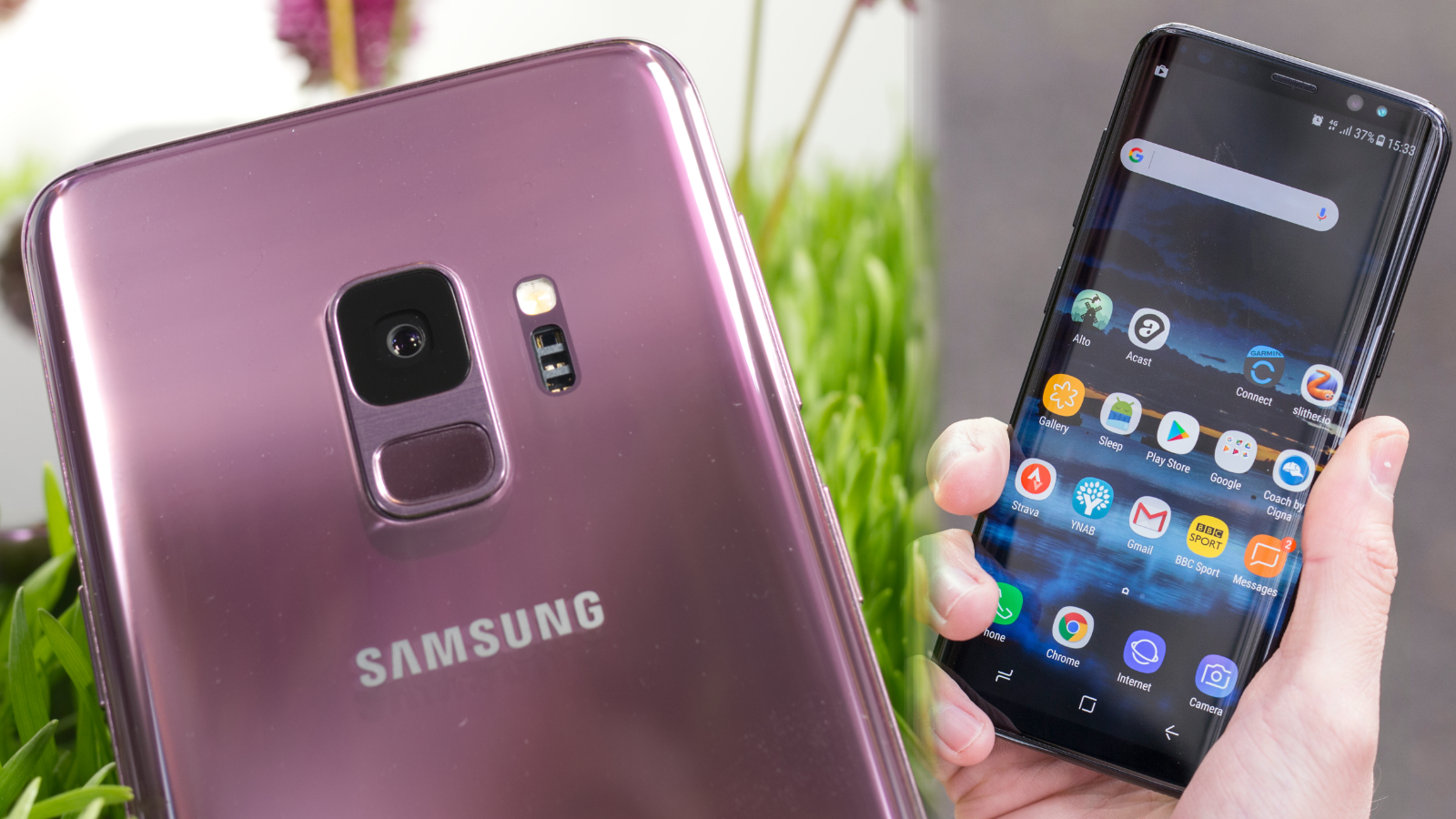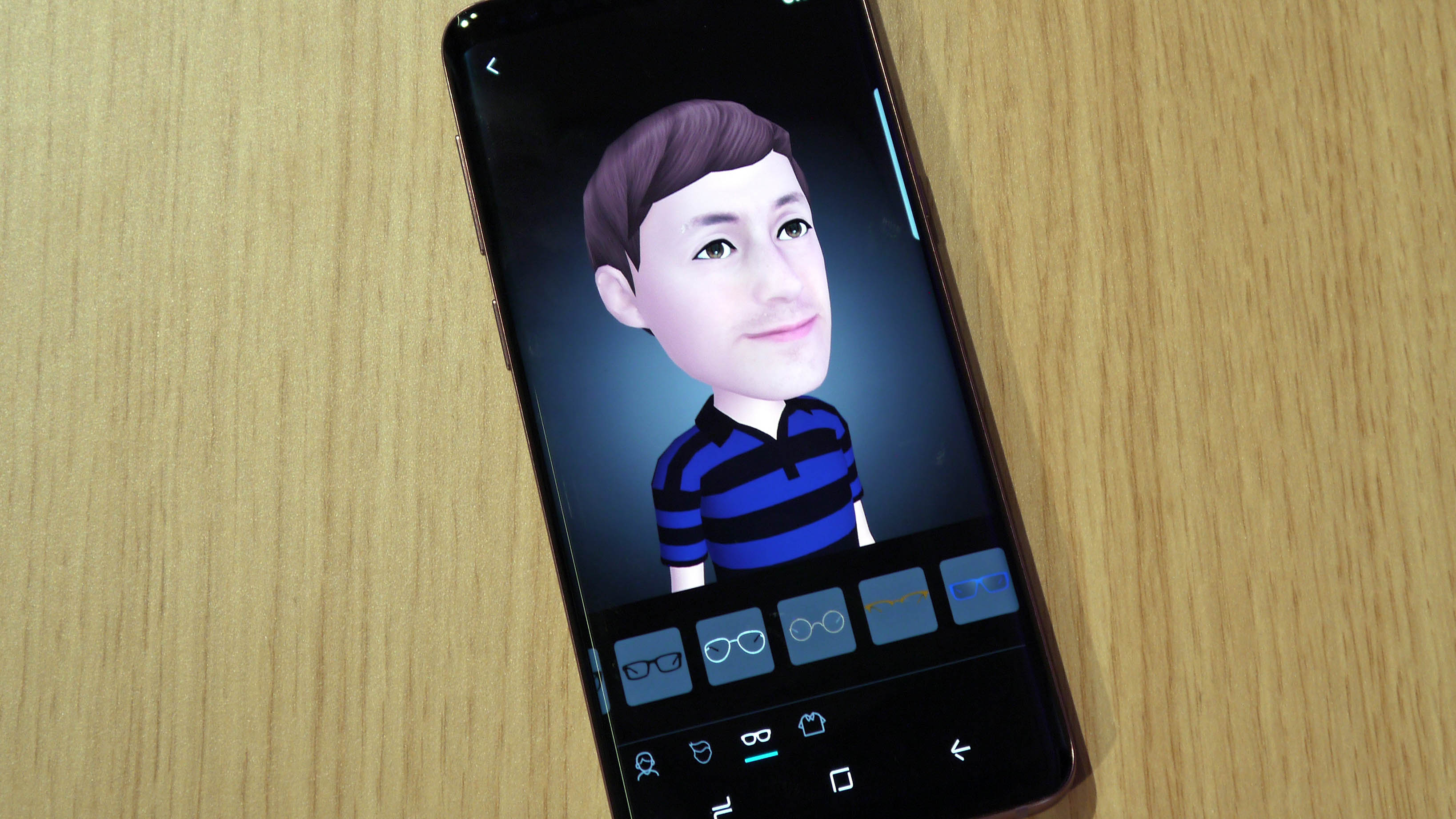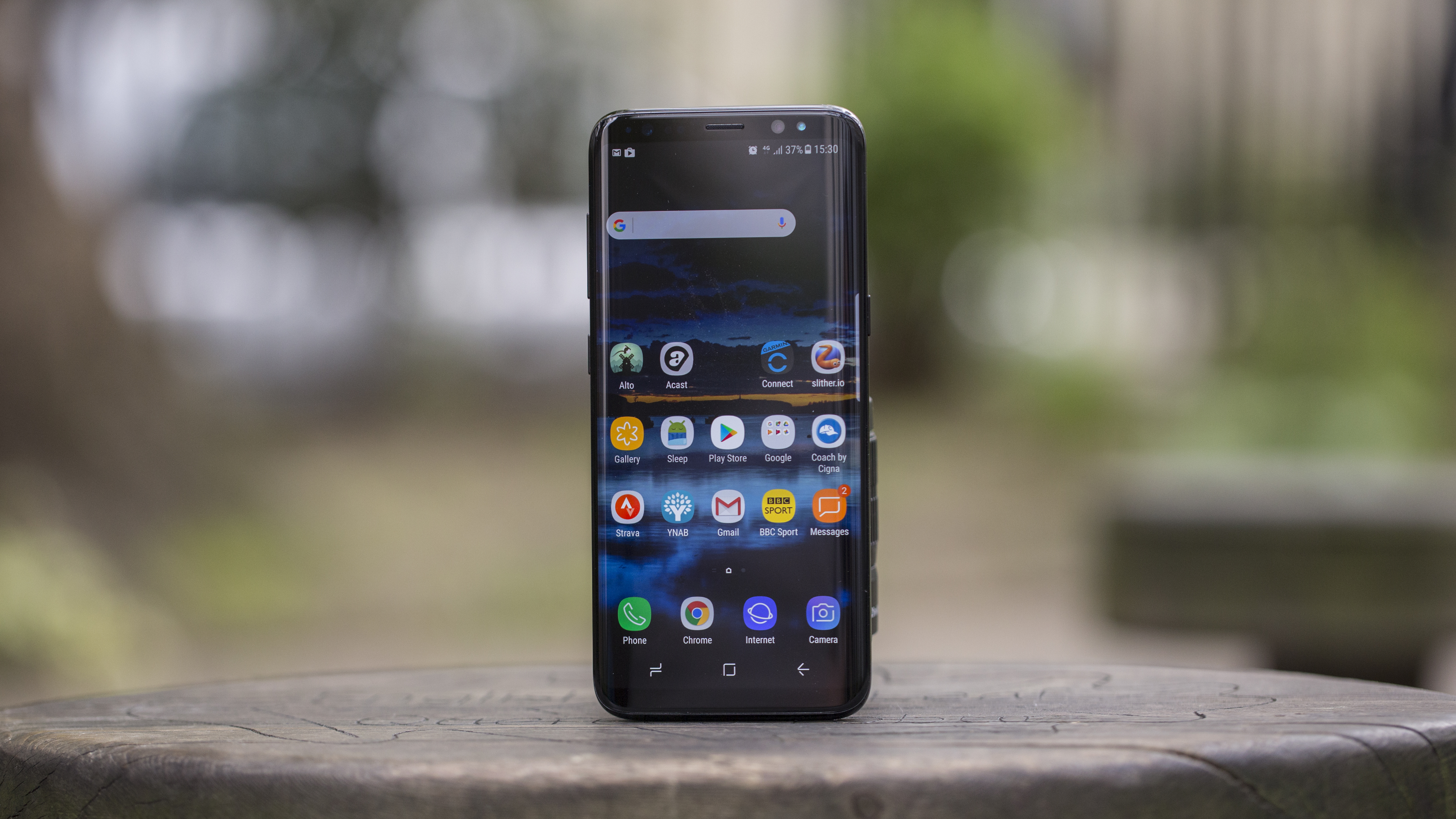Samsung Galaxy S9 vs Samsung Galaxy S8
New against old

We’re only two months into the year and already one of the most anticipated handsets of 2018 has been announced, namely the Samsung Galaxy S9.
But it’s sure to face some steep competition, including from its own predecessor, the Samsung Galaxy S8. The two handsets are similar in many ways, so what sets the newer S9 apart? And is it different enough to justify the inevitably higher price?
We’ve put the two phones head to head to answer the former question and help you come to your own conclusions about the latter.
Samsung Galaxy S9 vs Samsung Galaxy S8 design
Watch our hands-on video with the Samsung Galaxy S9 above.
Samsung hasn’t changed the design much for the Samsung Galaxy S9, as with both that and the Galaxy S8 you get a metal frame and curved glass panels on both the front and back.
Both phones also sport IP68 certification for dust and water resistance, meaning you can submerge them up to 1.5 meters deep for up to 30 minutes. And yes, both phones also have a 3.5mm headphone port.
There are some differences though. The fingerprint scanner has been moved from the right of the camera where it sits on the S8 to underneath the camera on the S9. The Galaxy S9 also has slightly smaller bezels above and below the screen, leading to a marginally reduced height of 147.7mm compared to 148.9mm on the Galaxy S8.
Get daily insight, inspiration and deals in your inbox
Sign up for breaking news, reviews, opinion, top tech deals, and more.
Notably though the rest of the Samsung Galaxy S9’s dimensions are slightly larger, at 68.7 x 8.5mm compared to 68.1 x 8mm on the S8. The S9 also weighs slightly more at 163g, while the S8 is 155g.
You also have fewer color choices with the Galaxy S9, as it’s just launching in Midnight Black, Coral Blue and Lilac Purple, while the Galaxy S8 is available in Midnight Black, Orchid Grey, Arctic Silver, Coral Blue, Maple Gold, Rose Pink and Burgundy Red (though not all shades are available in all regions).
Samsung Galaxy S9 vs Samsung Galaxy S8 display

Both the Samsung Galaxy S9 and Samsung Galaxy S8 have a 5.8-inch curved QHD+ Super AMOLED display with an aspect ratio of 18.5:9, so there’s seemingly little to choose here, though the S8’s display is already one of the best in the business so it’s understandable that not much was changed.
The Galaxy S9 does have smaller bezels though as noted above, and there are some software tweaks related to the display, such as the ability to view the entire interface in landscape orientation.
Samsung Galaxy S9 vs Samsung Galaxy S8 OS and power

What chipset you get with either of these phones depends on where you are. In most of the world the Samsung Galaxy S9 has an octa-core Exynos 9810 chipset with four cores running at 2.7GHz and four at 1.7GHz.
But in the US it has an octa-core Snapdragon 845 chipset which can run at up to 2.8GHz. Both of these are brand new top of the range chips though and in both cases you get 4GB of RAM.
The Samsung Galaxy S8 meanwhile uses an octa-core Exynos 8895 chipset in most of the world, with four cores running at 2.3GHz and four running at 1.7GHz. In the US it uses the octa-core Snapdragon 835, which has four cores running at 2.35GHz and four at 1.9GHz.

Those are the previous generation of each chipset – still powerful, but now around a year old. However, the Galaxy S8 can match the S9 for RAM, with 4GB of the stuff included.
As well as a newer, faster chipset the Samsung Galaxy S9 also has the edge when it comes to 4G/LTE, as it supports Gigabit LTE, allowing for faster downloads using mobile data.
The Galaxy S9 also ships with Android Oreo, but while the Galaxy S8 landed with Android Nougat you should be able to update to Oreo very soon – in fact Samsung started rolling out an update not long ago, but then halted it due to a bug. It's worth bearing in mind though that the S9 is sure to be supported with updates for longer.
There’s no difference in storage between the two handsets, with both having 64GB built-in along with a microSD card slot.
Samsung Galaxy S9 vs Samsung Galaxy S8 camera and battery

This is the big one, as the camera seems to be the most significant area of focus for Samsung in the Galaxy S9.
It has a single 12MP lens on the back, but it’s one with a variable aperture, meaning it can change between f/2.4, which is ideal for daylight scenes, and f/1.5, which is meant for low light shooting, providing more light, more detail and less noise. It’s the highest aperture ever found in a smartphone.
In fact, it apparently delivers 30% less noise than the 12MP camera on the Galaxy S8, which has a fixed aperture of f/1.7. The ISP (Image Signal Processor) in the S9 is also supposedly four times faster than the S8’s.
The Galaxy S9’s camera also improves on the S8’s with its slow motion shooting skills, as the S9 can shoot at up to 960fps, allowing for footage that’s four times slower than the Galaxy S8’s. It also offers more shooting modes, such as one which automatically starts recording in slow-mo when movement enters a focus point.
And when you’re done shooting you can set your slow-motion footage to play back with a soundtrack or easily convert it into a GIF.
The Galaxy S9’s camera also lets you create your own emoji, mirroring your facial expressions, and Bixby has been powered up, as it can tell you how many calories are in the food you’re looking at or provide a live translation of text.

All that said, the Samsung Galaxy S8 already has a camera which hugely impressed us, and both phones sport optical image stabilization.
There’s also little to choose in their front-facing cameras, with both sporting 8MP f/1.7 lenses.
As for the battery, that’s not been changed much either, as both phones have a 3,000mAh battery and support both fast charging (via USB-C) and wireless charging.
Watch our video review of the Samsung Galaxy S8 below.
Samsung Galaxy S9 deals vs Samsung Galaxy S8 deals
Samsung has shoveled a significant amount of £ signs on to its new flagship phone. The standalone handset costs £739 - up £50 from the price of the Galaxy S8.
And that means that the early prices we're seeing for Samsung Galaxy S9 deals on contract are way more expensive, too. Realistically, you're looking at spending well over £1,000 for the two years if you want an upfront spend of anything less than £200.
Compare that to the best Samsung Galaxy S8 deals around. A year on from release, you can now pay a little more than £20 per month for low data tariffs, which equates to around £700 per year. So a good £300 saving on the S9. As you might imagine, the gulf is similar as the data rises, too.
Takeaway
On paper the Samsung Galaxy S9 sounds to be an improvement on the Samsung Galaxy S8 in most but not all ways.
The most significant changes seem to have been reserved for the camera, while the design has just been slightly refined, the chipset has had a generational boost, and the screen and battery have been more or less left as they were.
It’s not the total transformation some might be hoping for, especially in the face of the iPhone X, but as the S8 was already one of the best phones of last year it’s arguable that Samsung really didn’t need to do much here.
Of course, price plays a big role in the purchase decision. In the UK, the S9 will cost you £739 – that's a bit more than the £689 that the S8 ran for when it launched, though you'll obviously find it for much lower than that since it's about a year old at this point.
The story is a bit different if you're in the US or Australia. Compared to the S8's launch price of $725 (AU$1,199), the S9 will launch for $719 (AU$1,199). You'll find the S8 cheaper these days, dropping as low as $549 during promotions, but it's not as much of a sticker shock for the S9 as we were expecting.
We're still waiting on pricing details for the S9 in regions like Australia and we'll be sure to update this post with more details.
- The Samsung Galaxy Note 9 is due later this year
James is a freelance phones, tablets and wearables writer and sub-editor at TechRadar. He has a love for everything ‘smart’, from watches to lights, and can often be found arguing with AI assistants or drowning in the latest apps. James also contributes to 3G.co.uk, 4G.co.uk and 5G.co.uk and has written for T3, Digital Camera World, Clarity Media and others, with work on the web, in print and on TV.